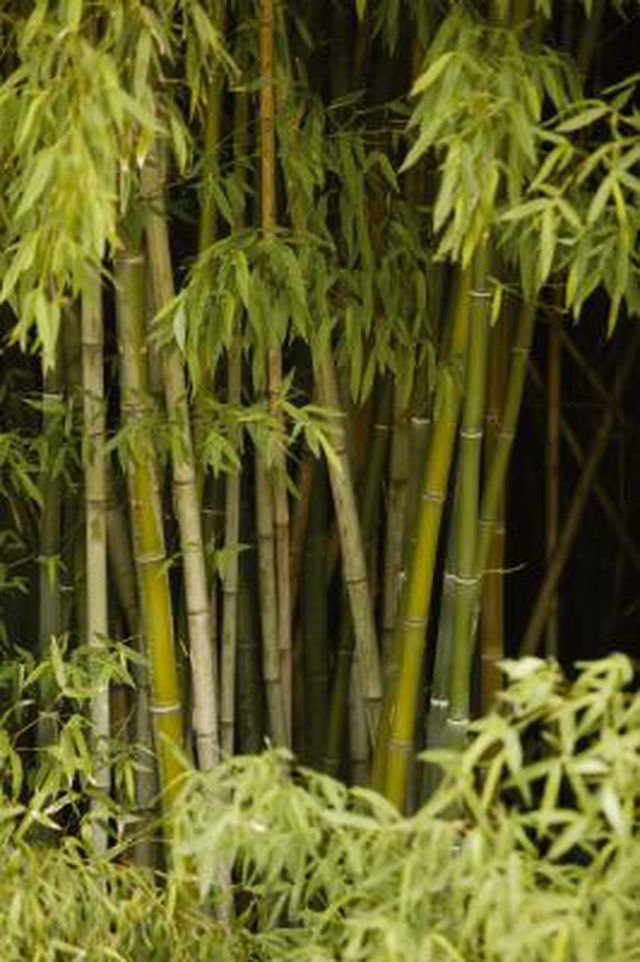Bulbs
Flower Basics
Flower Beds & Specialty Gardens
Flower Garden
Garden Furniture
Garden Gnomes
Garden Seeds
Garden Sheds
Garden Statues
Garden Tools & Supplies
Gardening Basics
Green & Organic
Groundcovers & Vines
Growing Annuals
Growing Basil
Growing Beans
Growing Berries
Growing Blueberries
Growing Cactus
Growing Corn
Growing Cotton
Growing Edibles
Growing Flowers
Growing Garlic
Growing Grapes
Growing Grass
Growing Herbs
Growing Jasmine
Growing Mint
Growing Mushrooms
Orchids
Growing Peanuts
Growing Perennials
Growing Plants
Growing Rosemary
Growing Roses
Growing Strawberries
Growing Sunflowers
Growing Thyme
Growing Tomatoes
Growing Tulips
Growing Vegetables
Herb Basics
Herb Garden
Indoor Growing
Landscaping Basics
Landscaping Patios
Landscaping Plants
Landscaping Shrubs
Landscaping Trees
Landscaping Walks & Pathways
Lawn Basics
Lawn Maintenance
Lawn Mowers
Lawn Ornaments
Lawn Planting
Lawn Tools
Outdoor Growing
Overall Landscape Planning
Pests, Weeds & Problems
Plant Basics
Rock Garden
Rose Garden
Shrubs
Soil
Specialty Gardens
Trees
Vegetable Garden
Yard Maintenance
How to tell the Difference between Clumping or Running Bamboo
How to tell the Difference between Clumping or Running Bamboo. Bamboo! Are you scared? Did your heart start to pitter-patter? "Bamboo" is one word that strikes fear deep into the soul of gardeners everywhere. It's invasive? True, it can be. The plant, a member of the grass family, has been known to take over entire yards, gardens,...

Bamboo! Are you scared? Did your heart start to pitter-patter? "Bamboo" is one word that strikes fear deep into the soul of gardeners everywhere. It's invasive? True, it can be. The plant, a member of the grass family, has been known to take over entire yards, gardens, parks, streets, and sewers. Once we're all gone, bamboo can take over the world; OK, not really, but you get the picture. There are varieties of bamboo you can grow that clump, rather then spread by runners. Just like any regular perennial, this bamboo grows from the center out. Then we can all relax a little and still be able to enjoy lovely stands of bamboo.
Look at nursery tags. If the Latin name starts with "Bambusa" or "Dendrocalamus," you know you are in the presence of a true non-invasive variety. Clumpers spread out, by a couple of inches to feet a year. It does not run and take over; these clumpers are mostly slow growers and always well behaved. Tags that start with "Phyllostachys," "Sasa," "Pseudosasa" or "Sinobambusa" -- among others -- are running bamboo. There are more than 1,200 types of bamboo, so do a bit of research before you bring home any strange, new bamboo.
Check the base of a plant growing in the ground. With most clumping varieties, the roots look like they are growing in a perfect circle with the large, grassy tops filling out high on the canes and even falling over or weeping from the top-heavy weight. The rhizome, the horizontal root the grows along the surface of the soil right next to the main plant, produces baby bamboo in small clumps just next to the mother clump. This how the plant multiplies and why the clumping bamboos look like they're forming a perfect circle of canes.
Look for new plants developing several feet, or more, from the original plant. The rhizome of a running bamboo sends out long shoots underground. New bamboo plants grow up along several points of the long horizontal shoots. These shoots can grow under fence lines, concrete, and unsuccessful barriers that result in bamboo spreading to unwanted sites. It is recommended to sink barriers into the soil around running bamboo plants and keep a regular maintenance schedule to keep these bamboos contained.
Tips & Warnings
Try the bamboo lookalike Nandina domestica, common name heavenly bamboo, if you want a similar look to bamboo, without any worries.
Bamboos prefer full sun to partial shade, depending on the variety.
Always check the plant tags for winter hardiness and heat sensitivity.
Bamboo is slow to establish and then it becomes a fast grower.
Bamboo is a grass and organic lawn fertilizer is the perfect diet.
Do your research. Look up bamboo varieties online or in garden books. Find out everything about a bamboo before you purchase or transplant into your garden.